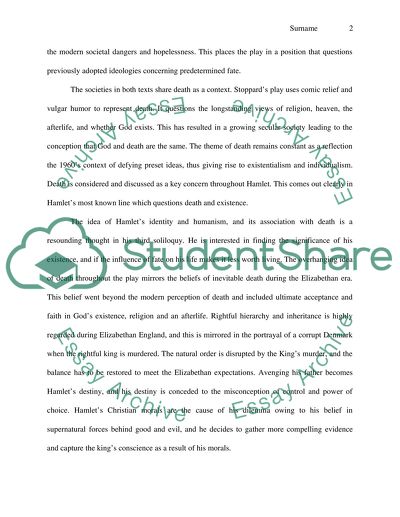Cite this document
(“William Shakespeare's Hamlet and Tom Stoppard's Rosencrantz and Essay”, n.d.)
Retrieved from https://studentshare.org/literature/1495736-william-shakespeares-hamlet-and-tom-stoppards-rosencrantz-and-guildenstern-are-dead
Retrieved from https://studentshare.org/literature/1495736-william-shakespeares-hamlet-and-tom-stoppards-rosencrantz-and-guildenstern-are-dead
(William Shakespeare's Hamlet and Tom Stoppard'S Rosencrantz and Essay)
https://studentshare.org/literature/1495736-william-shakespeares-hamlet-and-tom-stoppards-rosencrantz-and-guildenstern-are-dead.
https://studentshare.org/literature/1495736-william-shakespeares-hamlet-and-tom-stoppards-rosencrantz-and-guildenstern-are-dead.
“William Shakespeare's Hamlet and Tom Stoppard'S Rosencrantz and Essay”, n.d. https://studentshare.org/literature/1495736-william-shakespeares-hamlet-and-tom-stoppards-rosencrantz-and-guildenstern-are-dead.


